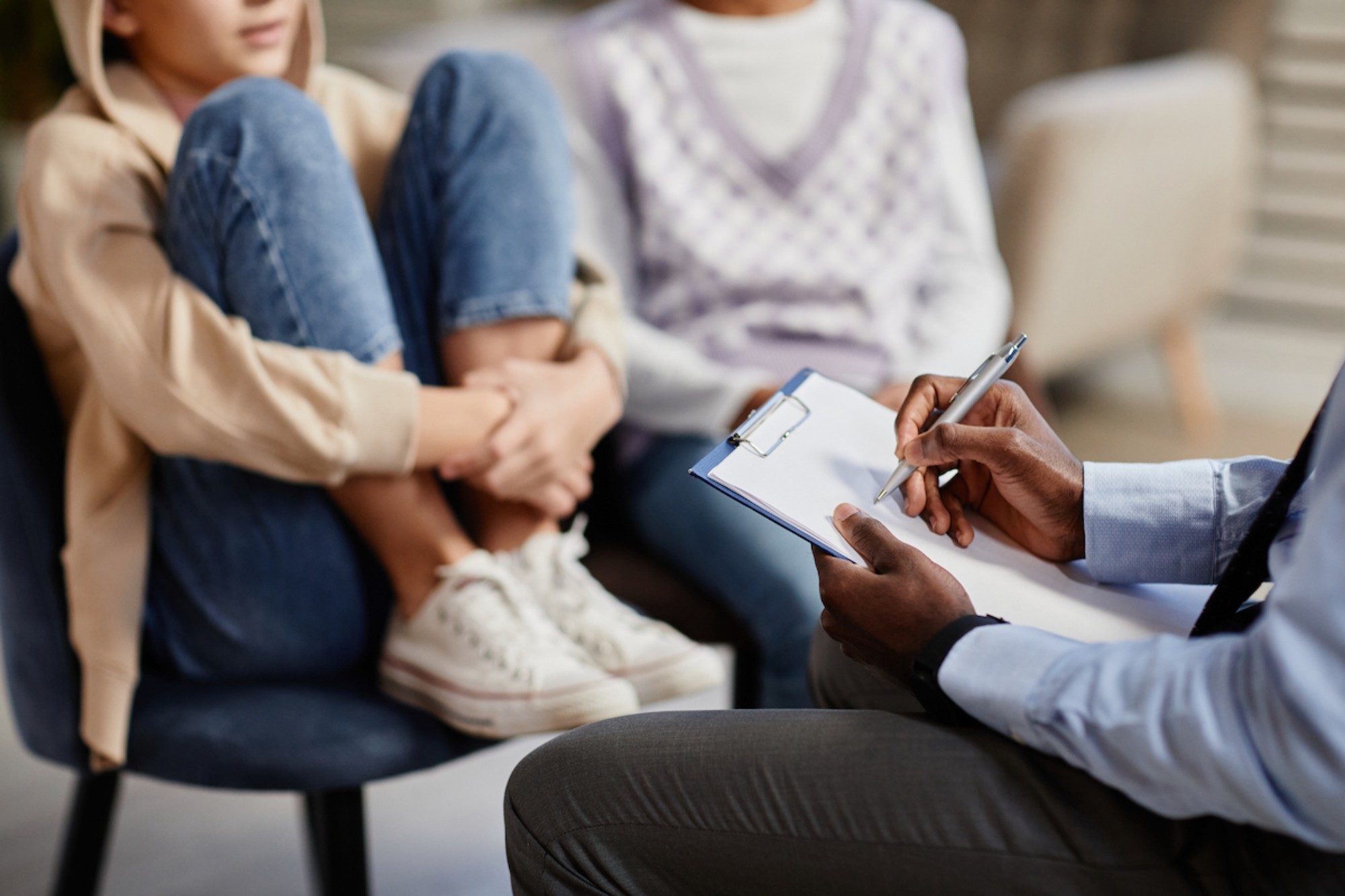As the COVID-19 pandemic came with bouts of uncertainty and isolation for all, new research in a seemingly post-pandemic world has revealed evidence that the detrimental impact on adolescent mental health has persisted and points to multiple causes for concern.
These are some of the findings from a new study supported by the Icelandic Research Fund conducted by John Allegrante, Charles Irwin Lambert Professor of Health Behavior and Education at Teachers College and Professor of Sociomedical Sciences at the Columbia Mailman School of Public Health, along with a team of Icelandic and North American behavioral and social scientists with whom he has been collaborating for almost 20 years.
“One of the key challenges right now that we are facing in the United States and worldwide is the decline of adolescent mental health,” says Allegrante. “If the pandemic has taught us anything, it’s that we must support our youth.”

John Allegrante, Charles Irwin Lambert Professor of Health Behavior and Education (Photo: TC Archives)
The recent study, published in The Lancet Child and Adolescent Health, sampled over 64,000 13-18-year-old Icelandic adolescents, and builds on Allegrante and his Icelandic colleagues’ previous study, which monitored adolescents mental health during the height of the pandemic, the findings of which were published in Lancet Psychiatry in 2021.
As research continues to develop, Allegrante shares critical takeaways with us:
Post-Pandemic Mental Health Worsened for Girls and Boys
Perhaps the most striking finding of the newest study is that the elevated depressive symptoms and worsened mental health that were observed among adolescent girls and boys during the pandemic were maintained for up to two years into the pandemic. Another is that while alcohol intoxication initially declined during the pandemic, it has increased as social restrictions have been eased. “We wanted to follow up on what we observed initially during the pandemic, particularly substance use,” says Allegrante. “We’ve seen a steady increase since we started monitoring this cause for concern in 2020.”
He attributes the uptick in substance use, with alcohol in particular, to post-pandemic changes, noting that as communities opened back up and restrictions lessened, substances became more accessible. “During the pandemic, adolescents were under much stricter parental supervision and spent more time in their homes. As they have begun to move back into the world with less parental oversight, access to these substances is much easier.”

But there is some good news: the same study also revealed a significant decrease in adolescent cigarette and e-cigarette use since the beginning of the pandemic. While the reason for this remains unclear, Allegrante notes that the trend is perhaps the “silver lining” of the pandemic’s impact on youth.
“It is, of course, positive to see that the reduction in cigarette smoking and vaping remains constant,” added Dr. Ingibjorg Eva Thorisdottir, lead author of the study and chief analytics officer at Planet Youth (who studied at Teachers College in 2009 as part of an exchange with Reykjavik University that Teachers College established through an institutional cooperative agreement that was recently renewed). “We will need to monitor alcohol intoxication among adolescents in years to come, especially given the increase in mental health problems.”
Social Media is at Play

As teens looked for ways to pass the time and connect with peers, the pandemic ignited an era of TikTok dance challenges paired with an uptick in social media use.
“We are now seeing the ramifications of prolonged lack of social interaction paired with too much social media use, especially for girls,” Allegrante explains.
This is evident in a supporting study that observed prolonged social media use in a group of 523 adolescents in Iceland during the height of the pandemic. The study uncovered a pronounced negative impact on females (56.5%) with significant behavioral changes and depressive symptoms. In comparison, males were found to have only a slight disruption in sleep patterns and spent more of their free time playing online games and video games.
Other takeaways from the study implied that factors like concerns about contracting COVID-19, changes in daily and school routines, and not seeing friends in person were among the primary contributors to poor mental health in young females.
“We’re still learning from these findings, but the pandemic has certainly shown us that there are significant gender differences regarding mental health and social media use,” explains Allegrante, noting that social media use often seems to lead to more harm than good, for example, contributing to negative perceptions of body image among girls.
Sleep and Parental Support are Crucial
While it’s no surprise that a good night’s rest has many health benefits, Allegrante’s findings reveal that sleep is imperative for adolescent cognitive development, performance and mental well-being.
“At a minimum, adolescents need eight hours of sleep to maintain their mental hygiene,” he shares. Increased sleep was associated with a lower likelihood of adolescent substance abuse.
“Unsurprisingly, we see it (sleep) linked to decreased substance use among teens because it helps with emotional regulation and mental clarity. They have a much clearer sense of discretion.”
Research also shows that parental support is equally crucial to adolescent well-being, with the same links to lower substance use, particularly in males ages 13-15.

“The concept of parental support versus supervision is critical,” notes Allegrante. “It’s one thing to look over your child’s shoulder constantly, but it’s another to act as their social support system.”
And with youth mental health at stake, parents are asking, “How can I help?” Allegrante explains that asking straightforward questions can make a huge difference. Parents should check in with their children about things they see on the news and inquire about social media use, asking them (adolescents) to limit where possible.
“It’s not always easy for parents to recognize a decline in mental health, but it’s worthwhile to inquire about behaviors that seem out of the ordinary. If anything, the pandemic has taught us to be more vigilant.”
What’s Next?
“I’m deeply concerned for our future generations,” shares Allegrante. “There are so many factors weighing on their mental health, from political polarization to climate change to the issue of gun violence that we see happening daily.”
He concludes from his study that policymakers should consider implementing much more robust and “large-scale evidence-based prevention and treatment efforts” focusing on depressive symptoms to mitigate the negative aftermath of the pandemic and broader issues that are leading to anxiety among young people.
“This timely study – and all of the previous work we have done in substance use prevention – would not have been possible without my long-standing collaboration with the Icelandic behavioral and social scientists with whom I have been privileged to work,” he says. “There’s a lot at stake, and a lot to be learned from this small Nordic nation. We’ll certainly be monitoring these concerns far beyond the pandemic.”
